About
NanoImages
NanoImages was established in 2016 to bring a new option to the tabletop SEM market. Before NanoImages, the only systems actively sold in North America were Hitachi, Jeol, and Phenom. Having previously worked for one of these legacy brands, we were asked constantly for features and capabilities that were not available. After the founder of NanoImages was introduced to SEC at a trade show in 2016, a relationship was established. NanoImages has been proud to offer the SEC Co. Ltd. Tabletop SEM product line ever since. SEC is based in South Korea and is a global e-beam pioneer. The SEC line of tabletop SEMs offers capabilities that the other manufacturers do not offer, at an affordable price. Our systems have quickly established themselves as a real competitor to these legacy brands.
At NanoImages we are not salespeople; we are operators trained on electron microscopes. We are always honest and upfront with our assessment of our system compared to those of our competitors. We confidently stand behind our evaluations of our products and proudly offer free demonstrations of our microscopes with samples of your choice.
We look forward to showing you why NanoImages is an emerging industry leader in analytical lab equipment. Contact us to experience the difference that we offer.
Our
Products
The SNE-Alpha, the most advanced tabletop SEM on the market. With a motorized 5-axis stage, optical navigational camera, 1-30kV accelerating voltages, SE/BSE, and high/low vacuum standard. The SNE-Alpha now comes with a new and improved GUI, and advanced software capabilities (3D rendering, image stitching, and particle size analysis) allow for a complete inspection and analysis of your samples. With a smaller footprint than the previous model and shortened pump down times, less lab space is needed and less time for sample turnaround. The SNE-Alpha can add EDS, Raman, CL, EBSD, and EBIC. With more options available soon, the SNE-Alpha can meet your SEM needs.
Simple Lease
Financing for Tabletop SEM
NanoImages has teamed up with Crest Capital to provide our customers with various, simple leasing options to support the acquisition of new equipment. Crest Capital was established in 1989 and has always been about consistency. It has provided the funds that help businesses grow with hassle free financing.
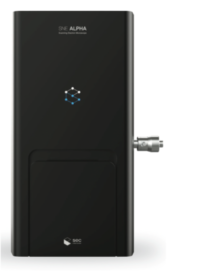
SNE-Alpha
High Resolution Table Top SEM with 5-Axis XYZRT Stage, 5nm Resolution, Variable Aperatures
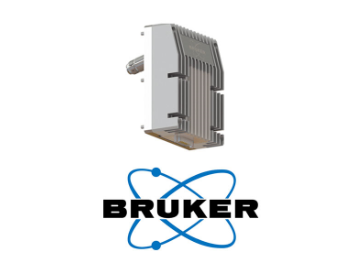
BRUKER XFLASH EDS
XFlash 360 for Tabletop SEM with 30mm2 SDD and Esprit Compact Software

Raman

CATHODOLUMINESCENCE
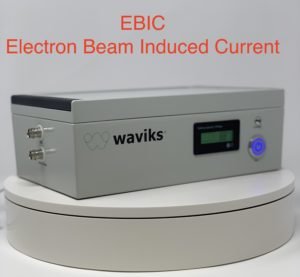
EBIC
EBIC is an Analysis Technique Used in the SEM in Semiconductor and LED Research
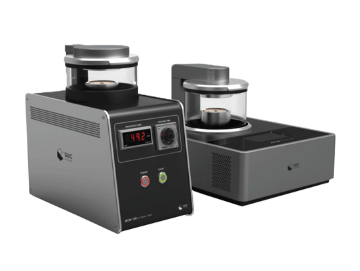
SPUTTER COATERS
Sample Preparation for Non-Conductive Specimens in Tabletop SEM
Our Mission
We strive to offer the ideal Tabletop SEM purchasing experience. We will work with you directly to learn more about your application and determine the best configuration for your needs. Our training and years of operational experience in electron microscopy allow us to share our knowledge and expertise to help develop your application. We will always be honest, and work to gain your trust. We treat our customers the way we would like to be treated, and we invite you to experience the difference in working with NanoImages. Please contact us directly to discuss your needs.
Our Blog

Electron Microscopy: TEM vs. SEM
Electron Microscopy: Transmission Electron Microscopy vs. Scanning Electron Microscopy Electron microscopy is an effective method for obtaining high-resolution images in several fields such as biomedical science, forensics, and technology. Electron microscopes can capture far higher-resolution images than light microscopes, providing information that would otherwise be very difficult to attain. The two most common types of…
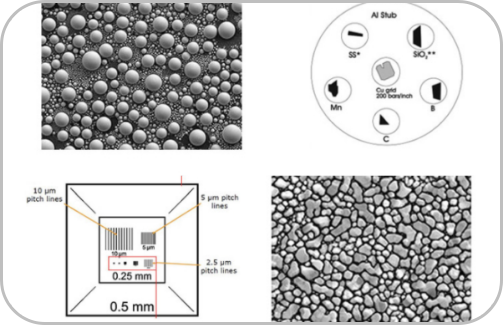
MAGNIFICATION OR RESOLUTION: WHICH IS MORE IMPORTANT?
Magnification versus Resolution – which is more important? We often get asked about magnification in Tabletop SEM. Magnification is a relative term since the actual magnified size of an image depends on how it is displayed. This is why the micrographs captured by Scanning Electron Microscopes almost always contain a “scale bar” so that no…
